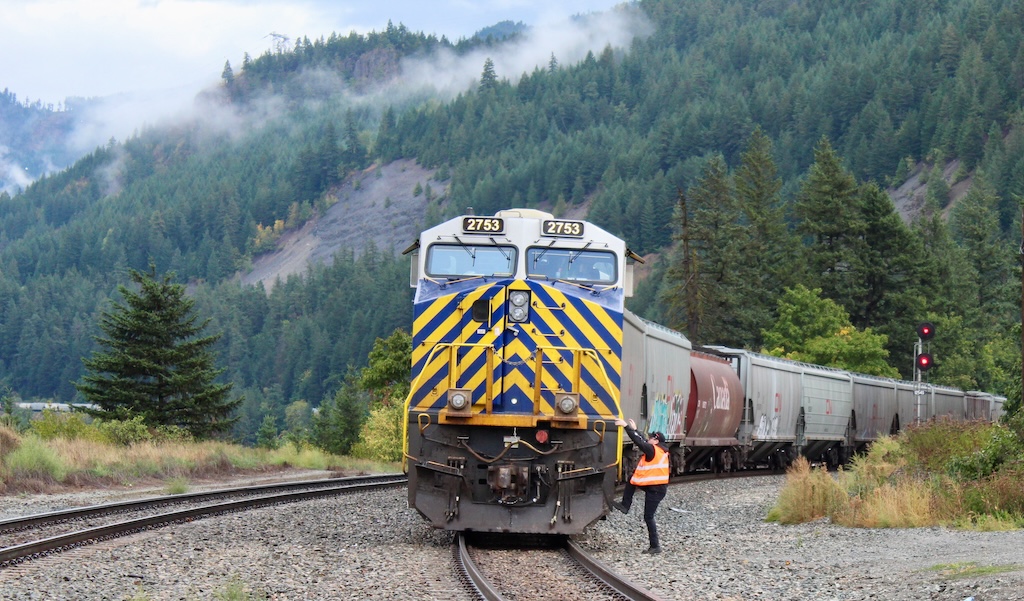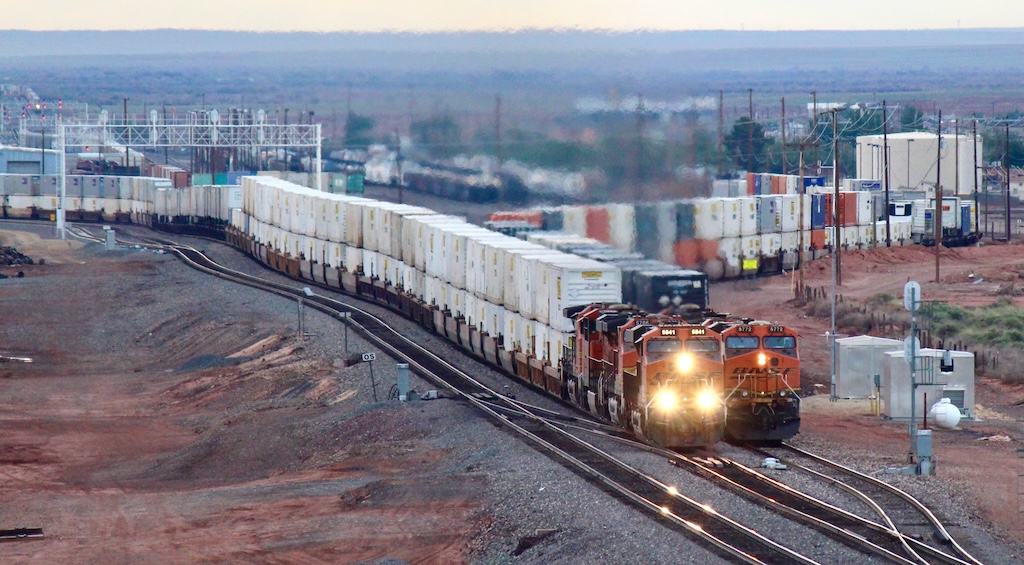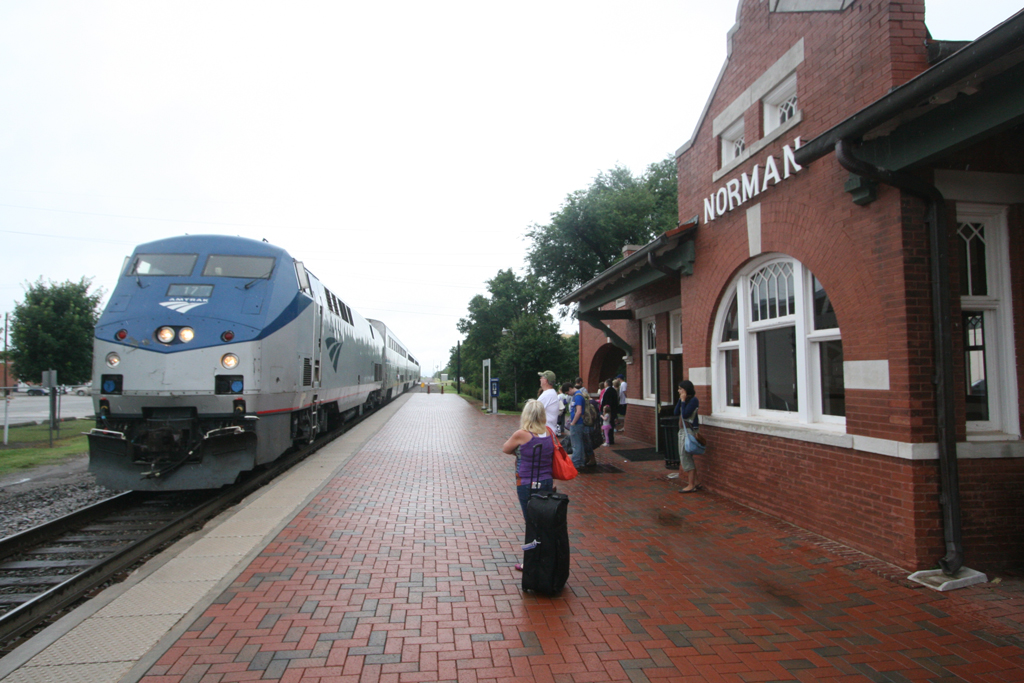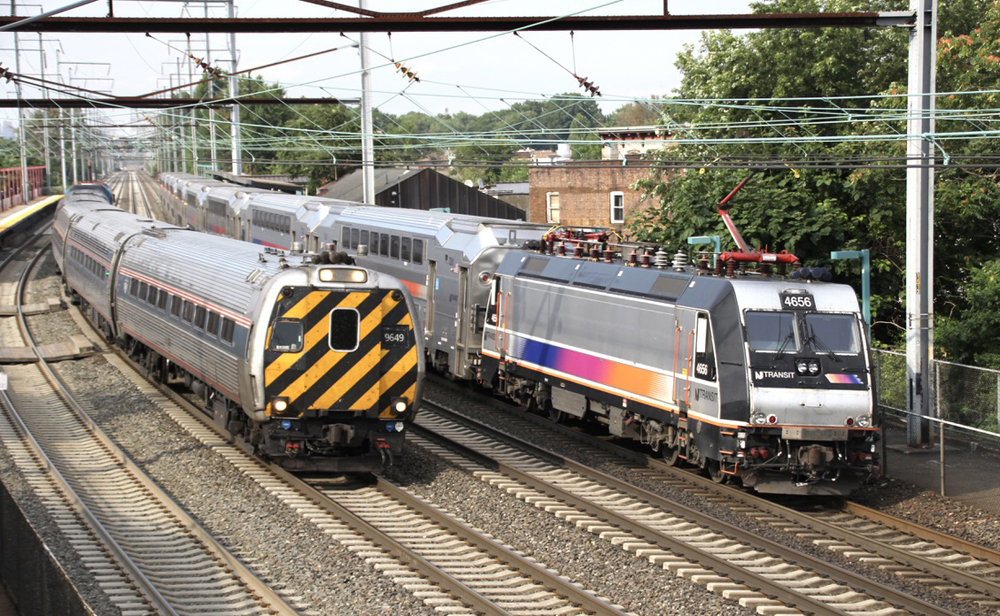
MONTREAL – Canadian National is confident that it has the resources necessary to handle this year’s grain harvest in Canada – which is expected to be larger than average – but says it has concerns about several issues that could crimp capacity.
In its annual grain plan released today, CN warns that its main grain-hauling route between Edmonton, Alberta, and Vancouver, British Columbia, may be at or above its overall capacity at times during the fall and into early next year, while its route to Prince Rupert, B.C., may sometimes operate at capacity.
In addition, new capacity constraints may crop up in Vancouver due to the April completion of the Trans Mountain pipeline, which has increased fuel exports through Canada’s busiest port. CN says its Second Narrows lift bridge over the Burrard Inlet, which leads to and from grain export terminals on Vancouver’s North Shore, must be raised more often to accommodate increased marine tanker traffic. And that, CN says, will contribute to increased transit times for grain trains.
“CN is monitoring TMX vessel traffic impacts and working closely with customers to maintain supply chain fluidity and maximize capacity,” the report says. “CN is engaged with the Port of Vancouver and the Government of Canada on this issue. Our goal is to reduce the unpredictability of the impact to bridge operations and ensure that both rail and marine traffic can maximize their volumes.”
CN urges grain producers to consider using routes that have ample capacity, such as its main lines to export terminals in Thunder Bay, Ontario; Duluth, Minn.; and on the St. Lawrence Seaway in Eastern Canada. Shippers also could take advantage of Prince Rupert when the BC North line is operating below capacity. “Corridor balance is required to maximize supply chain capacity and throughput,” CN says.
CN says that it’s concerned about potential negative impacts from new federal labor regulations, extended interswitching rules, and the inability of Vancouver export terminals to load vessels in rainy weather.
“As we look to the new crop year, one real challenge for CN is the availability of labor, specifically the operating crews that run our trains,” CN CEO Tracy Robinson wrote. “This is a result of overall Canadian labor market conditions and low unemployment rates coupled with the real impact of federal labor regulations that came into effect in May 2023 that requires approximately 15% more people to move the same amount of freight.”
The railway has increased its focus on crew hiring and retention, she says.
CN also says 2023 extended interswitching rules have reduced capacity and efficiency and should not be renewed beyond their scheduled March 2025 expiration date. The rules frequently result in longer routes that extend cycle times and require more covered hoppers to handle the same amount of volume.
Finally, CN encouraged the Canadian government to resolve the long-standing issue of West Coast ports not being able to load grain vessels while it’s raining.
“Heavy, persistent rainfall occurs at Canada’s West Coast ports every year. Like clockwork, every time it rains, grain movement slows down at terminals. However, rain is a solvable problem and wet weather should not impact modern grain terminal operations on the West Coast of Canada,” the railway says. “Operational and infrastructure solutions to this problem are in place in the U.S. Pacific Northwest, which is an area with the exact same issue. Rain should not reduce supply chain capacity, especially in Vancouver where capacity is limited, and inefficient operations have a negative effect on the entire supply chain.”
The crop year runs from Aug. 1, 2024, to July 31, 2025. During the last crop year, CN handled an all-time monthly grain tonnage record in February.
Canadian Pacific Kansas City, which also released its grain plan today, echoed CN’s concerns about labor, extended interswitching, and the impact of wet weather on ship loading in Vancouver. “The federal government can show leadership by addressing these key, avoidable constraints on the overall performance and export capacity of Canada’s grain supply chain,” CPKC said.
CPKC’s grain plan put more emphasis on the potential impact of a looming strike by members of the Teamsters Canada Rail Conference, which represents the railway’s engineers, conductors, and rail traffic controllers in Canada. CN also has yet to reach an agreement with the TCRC.
“CPKC is well-positioned to supply the transportation capacity to move Canada’s grain and grain products throughout the duration of the 2024–2025 crop year. However, the threat of a TCRC work stoppage in the coming weeks or months could negatively impact grain supply chain performance during the upcoming crop year,” the railway says.
After two years of below average grain harvests in its service territory on the southern Canadian Prairies, CPKC expects a return to more typical demand this year. CPKC expects to be able to meet that demand, but warned that shippers should take advantage of capacity when it’s available.
“Unused rail capacity for grain transportation was a key feature of the 2023–2024 crop year. In fact, more than 8.8 MMT of capacity for Canadian grain transportation on the CPKC rail network went unused during this past crop year,” the railway said. “This equates to approximately one quarter of the capacity CPKC had available relative to the supply targets outlined in last year’s grain report. Capacity cannot be saved up and used later; capacity unused in the week it is available is lost capacity that cannot be recovered.”
CPKC noted that the CP-KCS merger has offered Canadian grain producers new single-line routes to the U.S. Gulf Coast and destinations in Mexico. “The increased destination optionality afforded to Canadian grain shippers allows them to further penetrate markets and realize opportunities beyond the traditional Vancouver and Thunder Bay export programs,” the railway said.














Another option is to route N. Vancouver bound grain shipments through Prince George. The former BC Rail line that CN Rail currently operates has minimal loaded traffic soutbound.
This traffic then arrives in N. Vancouver without having to cross the congested CN Rail bridge.
Historically CN Rail has routed grain traffic over the BC Rail line.
A side note: BC Rail has operated trains with distributed power as far back as the 1970’s. This type of consist is proven.
Now the history:
In October 1979, the Japanese freighter Japan Erica, carrying logs, collided with the CN North Vancouver rail bridge in a heavy fog, knocking a section of the bridge just north of the lift span into the water. The bridge was closed for approximately 4 months until March 4, 1980.
During that period BC Rail handled CN detour grain trains with BC Rail power or the CN power that was already attached when coming over onto the BC Rail line at Prince George.
The second incident occurred in 1977 when a bridge was damaged by fire in the Fraser Canyon. The was when a westbound CNR Sulphur train caught fire on the Cisco bridge the night of August 11th 1977.
Traffic was rerouted for approximately 4 months once again.
And I believe CN Rail once again routed traffic through BC Rail.
I am now retired and observed these many memorable events while working for 35 years on the PGE / BC Rail rail line starting in 1971.
CPKC noted that the CP-KCS merger has offered Canadian grain producers new single-line routes to the U.S. Gulf Coast and destinations in Mexico. ‘The increased destination optionality afforded to Canadian grain shippers allows them to further penetrate markets and realize opportunities beyond the traditional Vancouver and Thunder Bay export programs,’ the railway said.”
Yeah, it’s been offered. But in the end shippers may prefer a lower-cost “multi-line” routing available due to shorter mileage, better operating profile, and not being at the mercy of the competition through South Texas.
CPKC is already reporting above average grain shipping through Galveston. I was thinking they would try to jam and yard as much grain over the US border as possible leading up to the strike and then taper it slowly down to Texas or Mexico customers.
What a surprise! Who wouldda thunk a good harvest might increase demand? Blame it on the ports! If there’s a strike, blame it on the unions!
But never blame PSR and decades of low CapEx to finance stock buybacks. Don’t blame executives getting paid tens of millions. Don’t blame regulatory capture.
Essentially perform as and F student and always get an A.